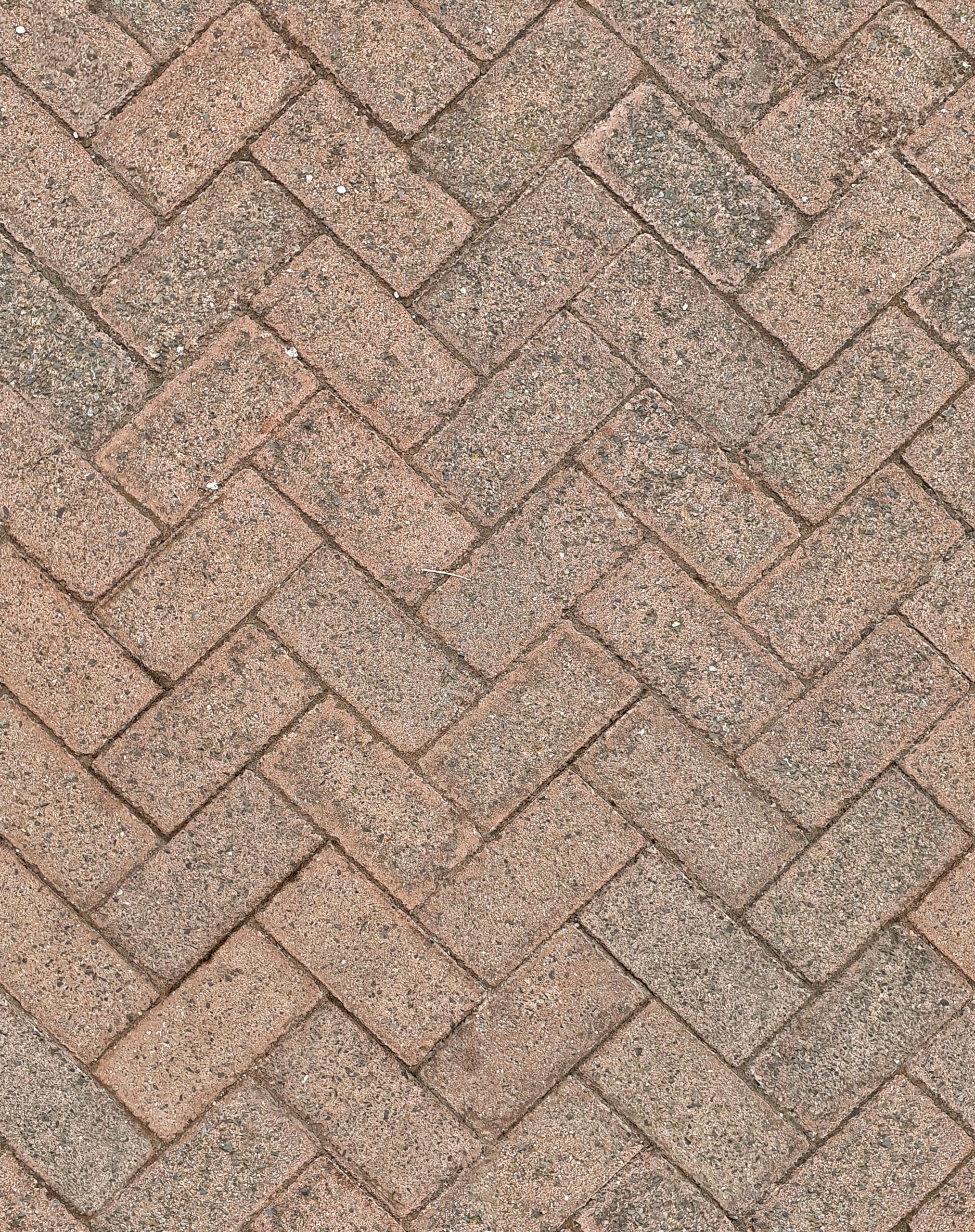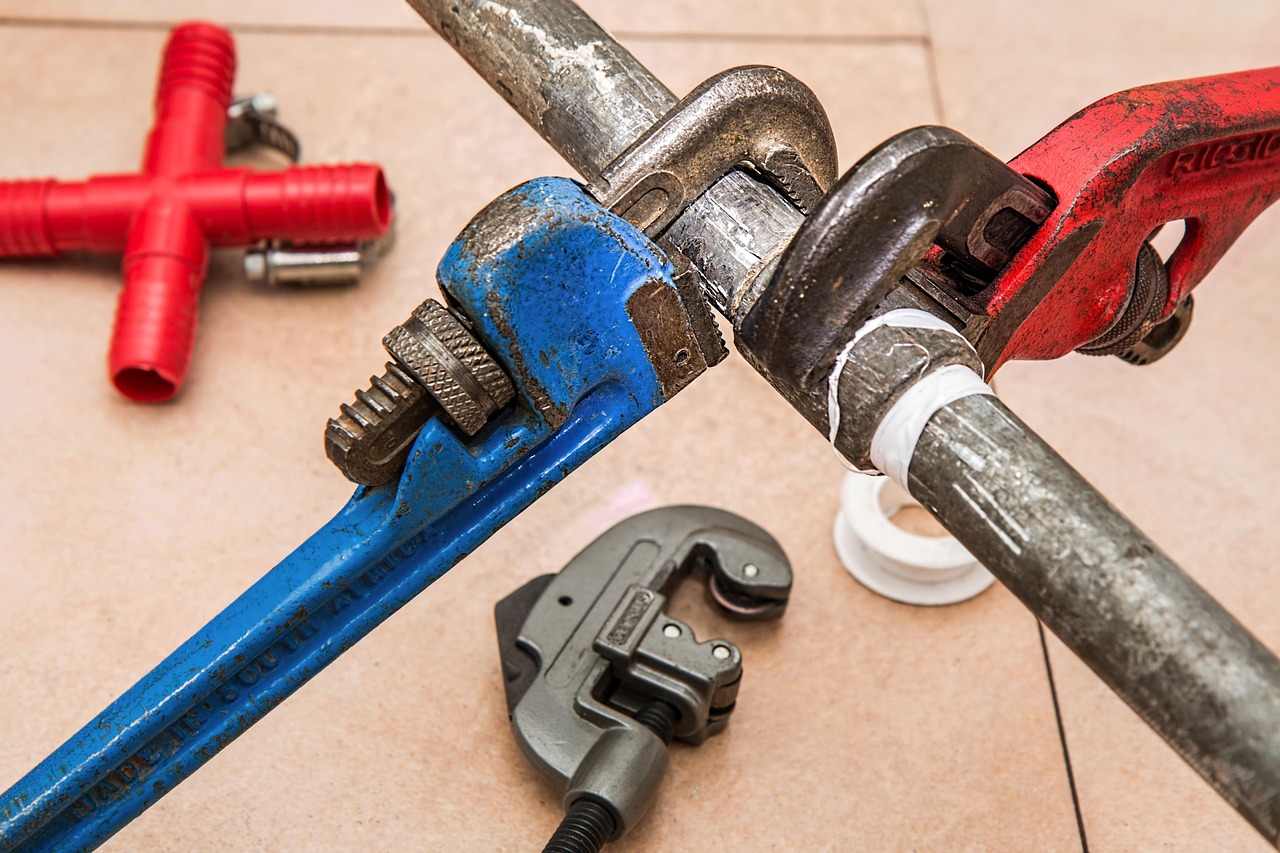When designing an outdoor living space on sloped terrain, incorporating steps and stairs becomes a necessary and aesthetic component of your hardscape. Well-designed paver steps not only create safe transitions between different elevations but also enhance the overall visual appeal of your landscape. This comprehensive guide explores how to seamlessly integrate stairs into your paver patios and walkways, covering everything from initial planning to finishing touches for a cohesive outdoor space that combines functionality with style.
Understanding the Importance of Proper Step Design
Creating safe outdoor step construction begins with understanding building codes and ergonomic principles. Steps should maintain consistent riser heights (typically 6-7 inches) and tread depths (minimum 11 inches) throughout the entire stairway. Inconsistent measurements can create tripping hazards and compromise safety. When planning your paver steps installation guide, remember that outdoor stairs tend to be slightly lower and deeper than indoor stairs to accommodate a more leisurely walking pace and varying outdoor footwear. Proper drainage is also crucial – steps should have a slight slope (about 1/8 inch per foot) to prevent water accumulation that could create slippery conditions or freeze in colder climates.
Planning Your Paver Steps
Before diving into building outdoor stairs with pavers, careful planning is essential. Start by measuring the total rise (vertical height to be climbed) and run (horizontal distance available). Divide the total rise by your desired riser height to determine the number of steps needed. Create a detailed plan that addresses how the steps will connect with existing or planned walkway stairs landscape features. Consider the overall flow of foot traffic and how people will naturally move through the space. Visualize the completed project by sketching designs or using landscape design software that can help you experiment with different patio steps design ideas. This planning phase is also the perfect time to decide on complementary materials, colors, and textures that will integrate harmoniously with your existing hardscape.
Material Selection for Integrated Steps
Choosing the right materials is critical for creating a cohesive look between your steps and adjacent patios or walkways. For a seamless appearance, use the same pavers for steps as for surrounding areas, or select complementary materials that create intentional contrast. Concrete treads with paver risers offer durability while maintaining aesthetic continuity. Step units specifically manufactured for hardscaping provide consistency in dimensions and simplify installation. Bull-nose pavers (with rounded edges) can create a finished look on step edges while improving visibility and safety. When planning walkway stairs landscape integration, consider how material choices will impact the overall cohesion of your outdoor design.
Foundation and Structural Support
The longevity and stability of your paver stairs depend heavily on proper foundation work. Begin with excavating beyond the planned stair footprint, allowing space for a compacted base of crushed stone at least 6 inches deep. For areas with freeze-thaw cycles, deeper bases may be necessary. Creating proper structural support often involves constructing retaining walls or using specialized step systems designed for paver integration. Geotextile fabric beneath the base material prevents weed growth and helps maintain structural integrity by separating the base from the soil below. Consulting with hardscaping professionals from AskHomey can ensure your foundation meets local requirements and will support your steps for years to come.
Installation Techniques for Seamless Integration
Working from the bottom up is the golden rule of paver steps installation. Begin by establishing a level base for the first step, then add subsequent steps while continuously checking for level, square corners, and consistent dimensions. Secure step edges with landscape adhesive to prevent shifting and create a monolithic appearance. For a truly integrated look, consider “wrapping” your patio pavers over the step risers and treads rather than using different materials. When building outdoor stairs with pavers in a walkway context, maintain design continuity by extending patterns from the walkway onto the stairs. Finishing the edges with soldier courses (pavers placed vertically) can create visual distinction and reinforce structural integrity.
Enhancing Safety and Aesthetics
Safe outdoor step construction must include visibility considerations. Steps that blend too well with surroundings can become invisible at night or in low light, creating hazards. Incorporate subtle contrasting colors between risers and treads to improve depth perception. Installing low-voltage landscape lighting along steps significantly enhances nighttime safety while adding ambiance to your outdoor space. Consider inset lighting in the risers or mounted fixtures on adjacent posts. Weather-resistant handrails are both a safety feature and design element for stairs with more than three steps. Applying a quality sealer protects your investment while enhancing the color of the pavers and making them resistant to staining, fading, and weed growth.
Maintenance for Long-Term Performance
Even the best-built paver steps require regular maintenance to retain their beauty and structural integrity. Routinely check for loose pavers or signs of shifting and address issues promptly to prevent escalation. Periodically clean steps using a gentle pressure washer and paver-safe cleaning solutions to remove dirt, algae, and stains. Reapply joint sand and sealer according to manufacturer recommendations, typically every 2-3 years. In regions with freezing temperatures, use salt alternatives for ice management as traditional salt can damage pavers. With proper care, your integrated paver steps will provide safe, attractive access through your landscape for decades.
For more tips and to connect with reliable home service professionals, follow AskHomey on Facebook and Instagram.



